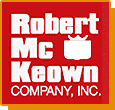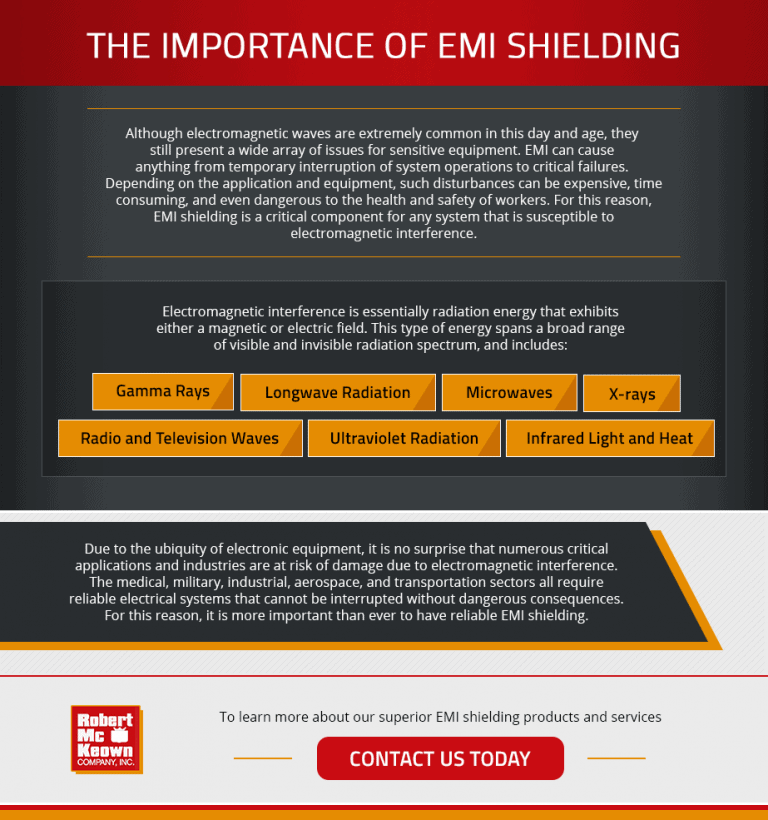Month: Apr 2020
A Closer Look at Thermal Radical Cure Adhesives for the Electronics Industry
Thermal radical cure (TRC) adhesives are 100% solid formulations based on UV curable resins. This type of adhesive is commonly as hot melt and semi-structural adhesives. These adhesives were created to harness some of the best features of traditional silicone adhesives while eliminating or reducing many of the drawbacks.
This blog post will discuss why thermal radical curing technology is beneficial, discuss the properties of these adhesives, and offer examples of common applications.
WHY USE TRC TECHNOLOGY?
There are many benefits offered by thermal radial curing technology. Some of the primary benefits include:
- Enhanced adhesive performance. The adhesion strength of TRC adhesives is retained across a broad temperature range and throughout a variety of adverse conditions, such as water immersion, salt water exposure, and other corrosive environments.
- Design flexibility. TRC adhesives provide adhesion to a wide range of surfaces. They adhere to plastics, metals, cured silicones, wet substrates, and more. These adhesives will bond with most traditional and alternative materials, enabling improved performance and many new design opportunities.
- Cost control. TRC adhesives facilitate cost savings in the form of reduced energy expenditures and streamlined production processes. They cure much faster than standard silicone adhesives by reducing the heat-up time and cutting the cure down to as little as three minutes.
HOW EXACTLY DO TRC ADHESIVES WORK?
TRC adhesives provide reliable adhesion with a comprehensive array of metals, ceramics, and plastics—even those that haven’t experienced good adhesion with more traditional silicone-based adhesives. Once the adhesive is fully cured, the substrate materials benefit from strong but flexible bonds. With thermal curing processes, these adhesives significantly reduce curing time without sacrificing adhesion strength.
Cationically curable resins and free-radical curable unsaturated esters are the two most common resins used for creating UV-curable adhesives. Cation resins are typically more expensive, but offer better overall performance, higher heat resistance, less shrinkage, and superior strength. Free-radical type adhesives feature reduced properties in comparison, but cure much faster.
TRC APPLICATIONS
There are many use cases for TRC adhesives within the electronics industry. Examples may include:
- Housing assembly
- Attaching connectors to substrates
- Adhering sensors and electronic control units to substrates
- Facilitating power supply and energy conversion
More advanced assembly applications for TRC adhesives may include:
- Engine or transmission control units
- Power control units
- Sensors
- Lighting modules
- Printed circuit boards
TRC ADHESIVES FROM ROBERT MCKEOWN, INC.
TRC adhesives are cost-effective, offer strong and reliable adhesion, and work with a comprehensive range of surface types and materials. The application potential for these adhesives is nearly limitless, especially in sectors such as automotive, electronics, and general manufacturing.
At Robert McKeown, we partner with Dow, a global leader in adhesives and sealants, to provide thermal radical cure adhesive solutions. We’re happy to offer a sample of EA-7100 TRC adhesive from Dow so you can test it in your application. Please contact us today to obtain a sample or with any questions about any of our products and services.
Understanding EMI Shielding
Electromagnetic interference (EMI) shielding uses electrically conductive or magnetic materials to block electromagnetic interference in a given area. Electromagnetic interference can occur naturally in the form of solar flares, lightning, and aurora borealis. It is also caused by human activity such as cell phone signals, engine ignition switches, computers, and electrical equipment.
Due to the widespread use of sensitive electronic equipment for everything from transportation to banking and utility infrastructure, it is more important than ever to ensure the safety of electronic systems through the use of EMI shielding products and dedicated techniques. With the proper EMI protection, electronic systems will remain reliable and dependable in the face of both natural and man-made electronic interference.
THE IMPORTANCE OF SHIELDING
Although electromagnetic waves are extremely common in this day and age, they still present a wide array of issues for sensitive equipment. EMI can cause anything from temporary interruption of system operations to critical failures. Depending on the application and equipment, such disturbances can be expensive, time consuming, and even dangerous to the health and safety of workers. For this reason, EMI shielding is a critical component for any system that is susceptible to electromagnetic interference.
Electromagnetic interference is essentially radiation energy that exhibits either a magnetic or electric field. This type of energy spans a broad range of visible and invisible radiation spectrum, and includes:
- Gamma rays
- Longwave radiation
- Microwaves
- X-rays
- Radio and television waves
- Ultraviolet radiation
- Infrared light and heat
Due to the ubiquity of electronic equipment, it is no surprise that numerous critical applications and industries are at risk of damage due to electromagnetic interference. The medical, military, industrial, aerospace, and transportation sectors all require reliable electrical systems that cannot be interrupted without dangerous consequences. For this reason, it is more important than ever to have reliable EMI shielding.
BREAKING DOWN THE BIG PICTURE
EMI shielding comes in a variety of materials and designs, and can be engineered to meet the needs of specific equipment and applications. Components that may be modified for use in EMI shielding arrays include gaskets, wires, tapes, metal screens, and laminates, among many others. It is important to select the right material for the application to ensure optimal shielding of radiation at the correct wavelengths.
Some of the most common materials used in EMI shielding include:
STEEL ALLOYS
Carbon steel is often used in EMI shielding equipment, due to its exceptional strength and durability. It serves as an excellent shielding material for low-frequency magnetic waves, but can be heavier than other shielding materials and is susceptible to corrosion and oxidation. As an alternative, galvanized steel is an inexpensive and widely used shielding material that has been heat treated and exhibits a protective coating to prevent rust and corrosion.
ALUMINUM
Like galvanized steel, aluminum is less expensive than other shielding materials. Aluminum is lightweight, strong, and highly conductive, which makes it particularly useful for blocking a wide range of electronic waves. Of note, however, it is less effective than steel for protection against low-frequency electromagnetic radiation.
COPPER
Copper is by far the most popular EMI shielding material for radio and magnetic frequencies. It is highly conductive and easily formable, and easily absorbs magnetic, radio, and electrical waves. Although it is highly effective as a shielding material, pure copper may erode when exposed to certain elements in air and water.
COPPER ALLOY 770
To mitigate pure copper’s susceptibility to oxidation, Copper Alloy 770, a blend of copper, nickel, and zinc, is often used for EMI shielding products. Copper Alloy 770 exhibits similar radio and magnetic wave absorption without the potential for corrosion.
TIN-PLATED STEEL
Tin-plated steel is a popular inexpensive EMI shielding material that is ideal for radiation in low kHz and GHz frequencies. Like plain carbon steel, tin-plated steel protects equipment from low-frequency magnetic waves with the added benefit of corrosion protection. In addition to enhancing the material’s corrosion resistance, tin plating can easily be soldered to system components.
QUALITY EMI SHIELDING FROM ROBERT MCKEOWN
At Robert McKeown, we know that electromagnetic interference can have lasting negative effects on electronic equipment. We are dedicated to providing the highest quality EMI shielding solutions for reliable, long-lasting protection of your electronic systems. To learn more about our superior EMI shielding products and services, contact us today or request a quote.

